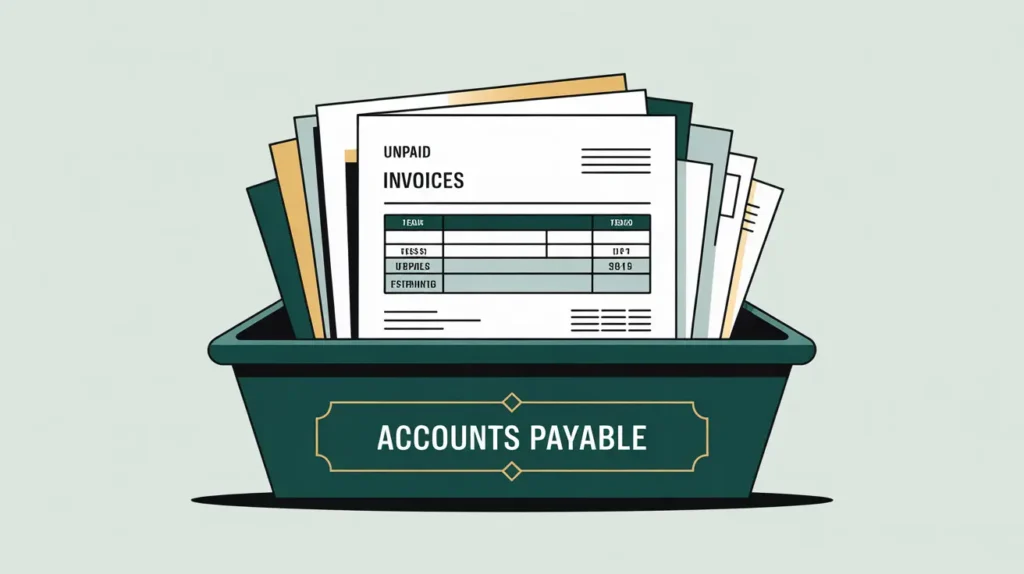Importance of the Statement of Financial Position
The Statement of Financial Position, commonly referred to as a balance sheet in for-profit contexts, is a cornerstone of nonprofit financial reporting. It provides a snapshot of an organization’s financial health at a specific point in time, showing what it owns, what it owes, and the net assets available to support its mission. For nonprofits working in social innovation and international development, this statement is essential for demonstrating stability, sustainability, and responsible stewardship of resources. Unlike the Statement of Activities, which shows performance over time, the Statement of Financial Position reflects a moment-in-time status, making it critical for assessing liquidity, solvency, and long-term viability. In an era of donor scrutiny and accountability, this statement is indispensable for funders, boards, and partners who need to evaluate whether an organization can sustain its commitments and adapt to financial challenges.
Definition and Features
The Statement of Financial Position reports a nonprofit’s assets, liabilities, and net assets as of a particular date, typically the fiscal year-end. Assets are divided into current (cash, receivables, prepaids, inventory) and non-current (property, equipment, long-term investments). Liabilities are similarly grouped into current (accounts payable, accrued expenses, current debt obligations) and non-current (long-term debt, pension obligations). Net assets, unique to nonprofits, are categorized as “with donor restrictions” or “without donor restrictions.” Unlike a budget or income statement, this document is not concerned with revenues and expenses but with accumulated balances. It does not show cash inflows and outflows (that is the Statement of Cash Flows) but rather the overall financial position. By summarizing what the organization owns and owes, it provides the foundation for analyzing strength and resilience.
How this Works in Practice
In practice, the Statement of Financial Position is used to assess both short-term liquidity and long-term sustainability. Analysts look to current ratios and quick ratios to evaluate whether the nonprofit has enough liquid assets to cover immediate obligations. The structure of liabilities indicates reliance on debt versus equity-like funding (net assets). The composition of net assets helps identify how much of the organization’s resources are restricted versus available for operations. Nonprofits also disclose accumulated depreciation on long-term assets, which affects future replacement needs. Boards and funders use the statement to understand risk exposure, such as over-leverage, reliance on receivables, or underfunded obligations. The statement also allows for trend analysis when compared year over year, revealing whether the organization is building reserves, overextending, or managing assets prudently. While the format resembles a corporate balance sheet, its interpretation requires sensitivity to nonprofit dynamics such as donor restrictions and mission alignment.
Implications for Social Innovation
For mission-driven organizations, the Statement of Financial Position is both a technical report and a credibility signal. Funders assess liquidity to gauge whether the nonprofit can handle grant disbursement schedules and unforeseen challenges. Partners review liabilities to understand the organization’s capacity to absorb risk in collaborations. Boards rely on net asset balances to make strategic decisions about program expansion, capital investment, or contingency planning. In the international development sector, where organizations often juggle multiple currencies, cross-border obligations, and donor-specific restrictions, the Statement of Financial Position is especially vital for harmonizing financial reporting and ensuring compliance with diverse funder requirements. Ultimately, it reduces information asymmetry by providing a clear, standardized view of financial stability and resilience, reinforcing confidence among stakeholders that the nonprofit can deliver on its mission sustainably.







